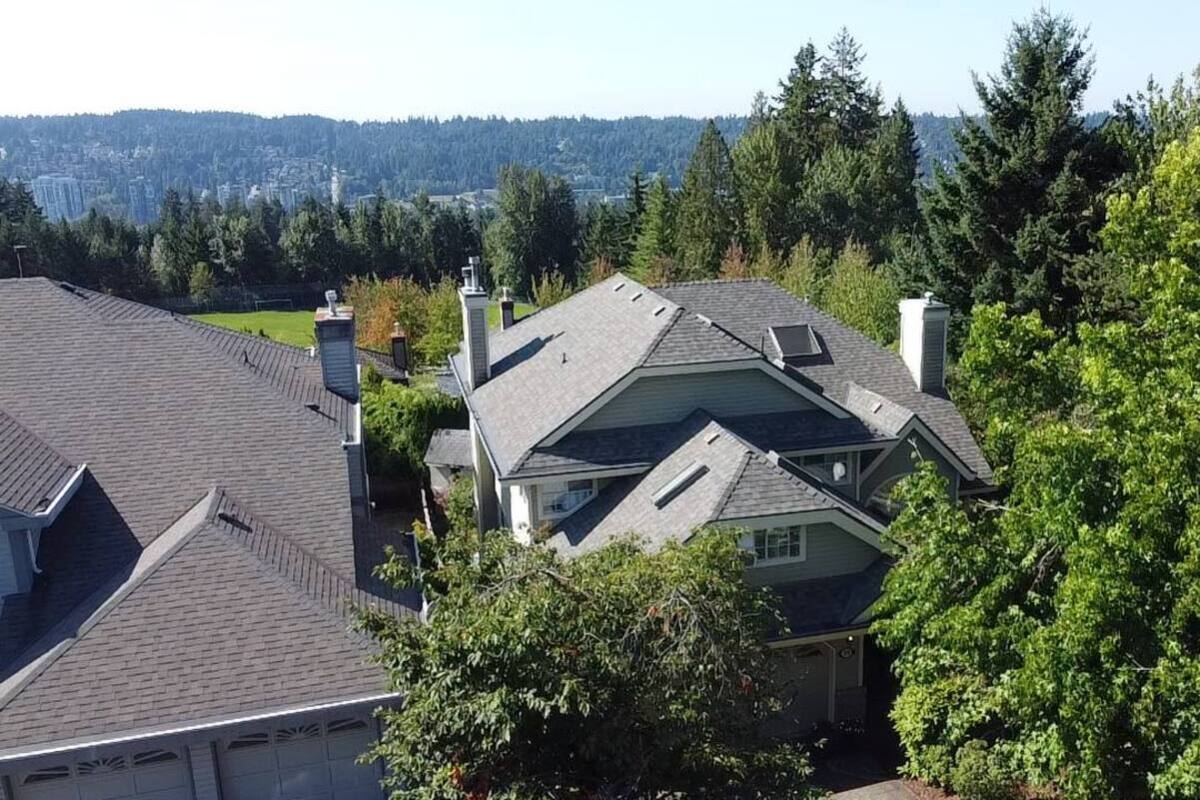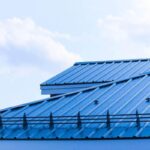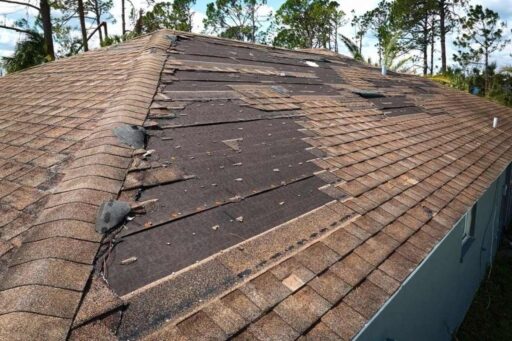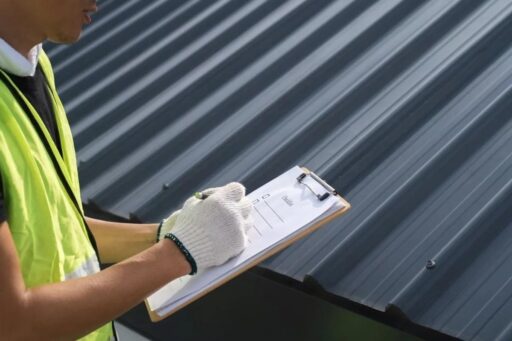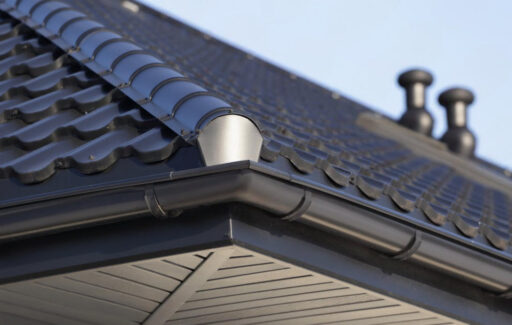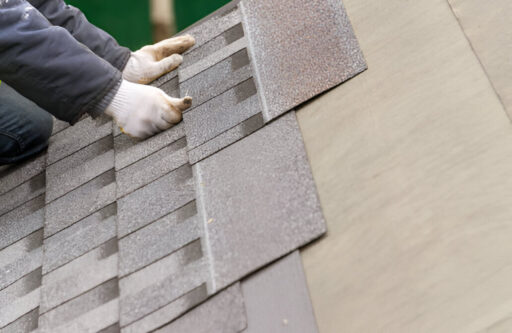Have you ever looked up at your ceiling and noticed a suspicious water stain? Or perhaps you’ve seen shingles scattered across your yard after a storm? If so, you might be facing the daunting prospect of a roof replacement. But before you start sweating about the potential costs, let’s dive into the world of roof replacement and break down the factors that influence its price tag, including how much does it cost to replace a roof. Understanding these elements can help you prepare for the financial commitment involved in this essential home improvement project.
The Importance of Roof Replacement
Your roof is like the unsung hero of your home. It shields you from the elements, keeps your family dry, and even helps with energy efficiency. A well-maintained roof can significantly contribute to the overall comfort of your living space. However, like all good things, roofs don’t last forever. Over time, they can suffer from wear and tear due to weather conditions, age, and other factors. When it’s time for a replacement, understanding the costs involved can help you make informed decisions and potentially save some hard-earned cash. A new roof not only enhances the aesthetic appeal of your home but also increases its value, making it a worthwhile investment.
The cost of replacing a roof is not a one-size-fits-all figure. It’s more like a complex equation with multiple variables. From the materials you choose to the size of your home, many factors come into play. So, let’s break down what goes into determining how much does it cost to replace a roof. Several elements influence the overall price, including the complexity of the roof design, the geographical location of your home, and labour costs in your area. Additionally, if your existing roof has multiple layers or requires extensive repairs before the new installation, this can also add to the total expense.
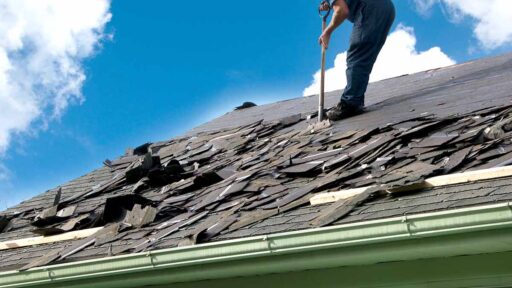
Average Cost of Roof Replacement
National Average
If you’re looking for a rough estimate, the average cost for a roof replacement in the Canada ranges from $8,000 to $15,000. But don’t let that number scare you! Remember, this is just an average, and your actual cost could be higher or lower depending on several factors. It’s essential to get a quote from a reputable contractor to ensure you receive a fair price for your specific situation.
Cost Range Based on House Size
As you might expect, the size of your home plays a significant role in determining the cost of your roof replacement. Here’s a rough breakdown:
- Small home (1,000 sq ft): $5,000 — $8,000
- Medium home (2,000 sq ft): $11,000 — $18,000
- Large home (3,000 sq ft): $20,000 — $30,000
These figures are estimates and can vary based on other factors. The layout of your home, the pitch of the roof, and additional features like skylights or chimneys can also impact the final cost.
Geographic Location
Where you live can greatly impact your roof replacement cost. In cities like Vancouver, where the cost of living is higher and the weather can be challenging, you might see elevated prices due to increased labour costs and the need for more durable materials. For example, Vancouver’s rainy climate often requires more robust waterproofing measures, which can add to the expense.
Roof Pitch and Accessibility
Ever tried walking on a steep roof? It’s not for the faint of heart! Steeper roofs are more challenging (and dangerous) to work on, which means higher labour costs. Additionally, if your roof is difficult to access—perhaps surrounded by trees or on a hillside—you might see an increase in your quote. Contractors may need special equipment or extra precautions, which can add to the overall expense.
Roofing Materials
One of the biggest decisions you’ll make when replacing your roof is choosing the material. Let’s break down some popular options:
- Asphalt Shingles
The most common and budget-friendly option, asphalt shingles typically cost between $4 to $7 per square foot. They’re durable, easy to install, and come in various colours. However, they may not last as long as some other materials, usually offering a lifespan of around 20 to 30 years. - Metal Roofing
Metal roofing is increasingly popular for its longevity and energy efficiency. It can last 40 to 70 years and is available in various styles, including panels and shingles. The cost for metal roofing generally ranges from $8 to $15 per square foot. While the initial investment is higher, the long-term savings on energy bills and maintenance can make it a smart choice for those wondering how much does it cost to replace a roof. - Tile Roofing
Tile roofs, often made from clay or concrete, are known for their durability and aesthetic appeal. They can last over 50 years but come with a higher price tag, typically between $12 to $25 per square foot. Their weight may require additional structural support, increasing costs further. - Wood Shingles and Shakes
Wood roofing provides a unique, attractive look but requires more maintenance and has a shorter lifespan of around 20 to 30 years. Costs typically range from $7 to $10 per square foot.
Additional Costs to Consider
- Removal of Old Roofing
Before your shiny new roof is installed, the old one needs to come off. This process, known as a “tear-off,” can add $1 to $6 per square foot to your total cost. The price varies based on the current number of layers and the material being removed. - Structural Repairs
If your contractor discovers rotted beams or damaged decking, you’ll need to account for repair costs. These can range from a few hundred to several thousand dollars, depending on the extent of the damage. - Ventilation and Insulation Upgrades
Proper ventilation helps regulate temperature and moisture levels in your attic, while upgraded insulation can improve your home’s energy efficiency. These additional costs can vary widely, so it’s essential to discuss them with your contractor when considering how much does it cost to replace a roof. - Gutters and Downspouts
If your gutters are worn out, replacing them alongside your roof can be a wise decision. New gutters typically range from $5 to $10 per linear foot.
Cost-Saving Strategies
- Timing Your Roof Replacement: Late summer to fall is often the busiest time for roofers, so prices might be higher during this period. If you can schedule your replacement during the off-season, typically from late winter to early spring, you might secure a better deal.
- Getting Multiple Quotes: Obtain at least three estimates from reputable contractors. This not only helps you find the best price but also gives you a clearer sense of the average cost for roof replacement in your area.
- Considering Partial Replacement: If only a section of your roof is damaged, a partial replacement might be a cost-effective solution. However, it’s crucial to consult with a professional to assess whether this option is suitable.
- Exploring Financing Options: Many roofing companies offer financing options to ease the financial burden. Some even provide interest-free periods, allowing you to spread the cost without additional charges.
Signs It’s Time to Replace Your Roof
- Age of the Roof
Most asphalt shingle roofs have a lifespan of about 20 to 30 years. If your roof is approaching or has surpassed this age, it’s time to start planning for a replacement. Regular inspections can help you identify any potential issues before they become significant problems, allowing you to take proactive measures. - Visible Damage
Look for signs of visible damage, such as curling or missing shingles, daylight peeking through your roof boards, or sagging areas. These are all indicators that your roof needs immediate attention. Don’t wait for a leak to appear before taking action, as this can lead to more extensive and costly repairs. - Energy Efficiency Issues
Have your energy bills been creeping up lately? A failing roof can lead to poor insulation, causing your heating, ventilation, and air conditioning (HVAC) system to work overtime. A new, properly installed roof can help reduce these costs by improving your home’s overall energy efficiency.
Final Thoughts
Replacing a roof is a significant investment, but it protects your home and adds to its value. While the cost can seem daunting, understanding how much does it cost to replace a roof can help you make informed decisions and potentially save money in the process. Remember, the cheapest option isn’t always the best. A well-installed roof using quality materials can save you money in the long run by lasting longer and providing better protection for your home. Investing in your roof is investing in the safety and comfort of your home, ensuring it remains a secure haven for you and your family for many years to come.

